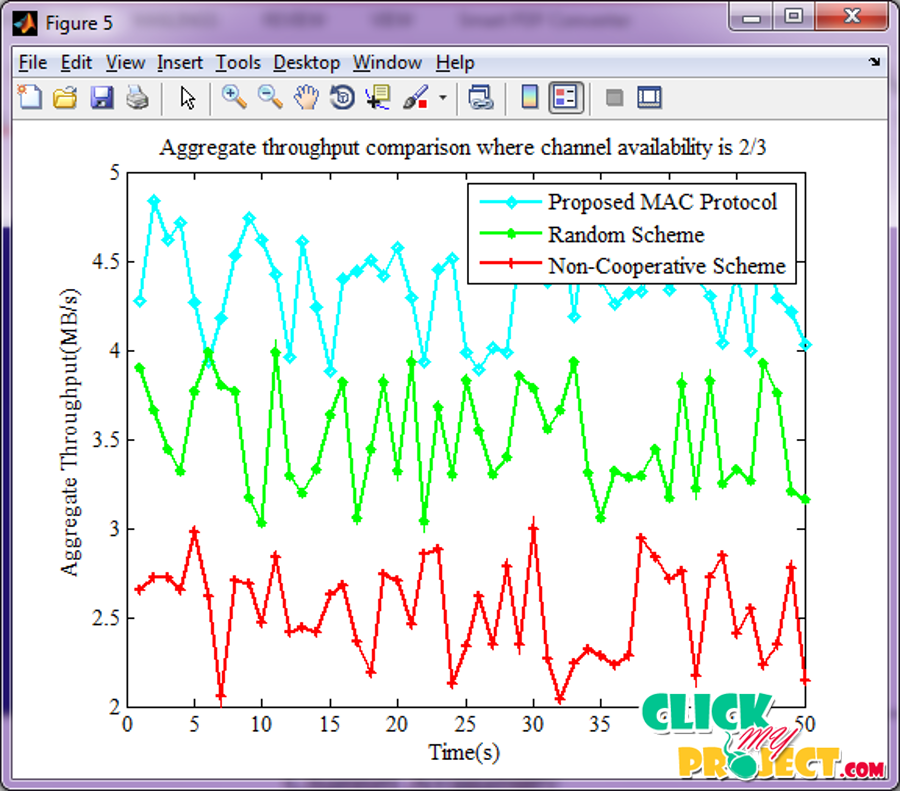Integrated Energy and Spectrum Harvesting for 5G Wireless Communications
₹3,500.00
10000 in stock
SupportDescription
5G (5th generation mobile networks or 5th generation wireless systems) denotes the next major phase of mobile telecommunications standards beyond the current4G/IMT-Advanced standards. 5G has speeds beyond what the current 4G. Although the deployment of any wireless or cellular system takes many years, development of the 5G technology systems is being investigated. The new 5G technologies will need to be chosen developed and perfected to enable timely and reliable deployment. The new 5th generation, 5G technology for cellular systems will probably start to come to fruition around 2020 with deployment following on afterwards. The current status of the 5G technology for cellular systems is very much in the early development stages. Very many companies are looking into the technologies that could be used to become part of the system. In addition to this a number of universities have set up 5G research units focussed on developing the technologies for 5G. In addition to this the standards bodies, particularly 3GPP are aware of the development but are not actively planning the 5G systems yet. The medium access control or media access control (MAC) layer is the lower sublayer of the data link layer (layer 2) of the seven-layer OSI model. The MAC sublayer provides addressing and channel access control mechanisms that make it possible for several terminals or network nodes to communicate within a multiple access network that incorporates a shared medium, e.g. an Ethernet network. The hardware that implements the MAC is referred to as a media access controller. Here integrated energy and spectrum harvesting is achieved in the 5G technology. Including Latency is a time interval between the stimulation and response, or, from a more general point of view, a time delay between the cause and the effect of some physical change in the system being observed. Interference management have emerged to tackle interference in a general class of wireless networks: interference shaping and interference exploitation. Interference shaping is a technique that creates a particular linear combination of interference signals when transmitters propagate signals to minimize the aggregated interference effect at each receiver. Interference exploitation is a method that harnesses interference in decoding as side-information to improve data rates.




